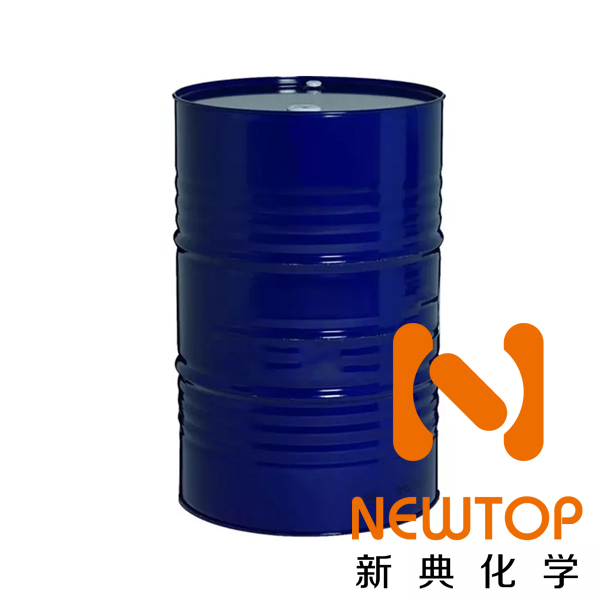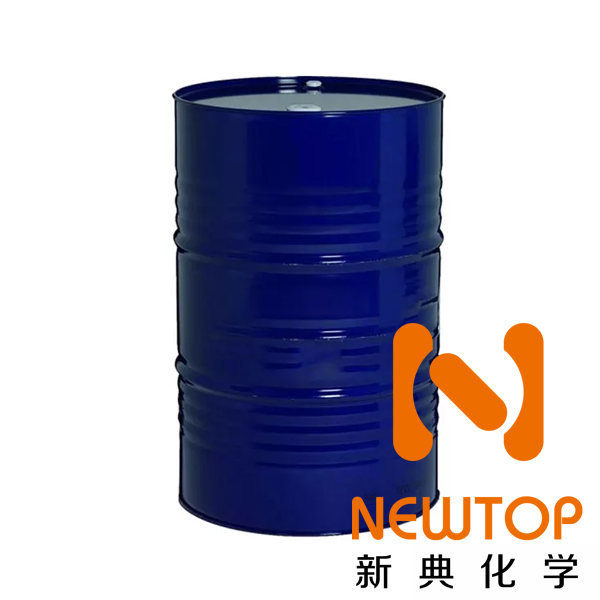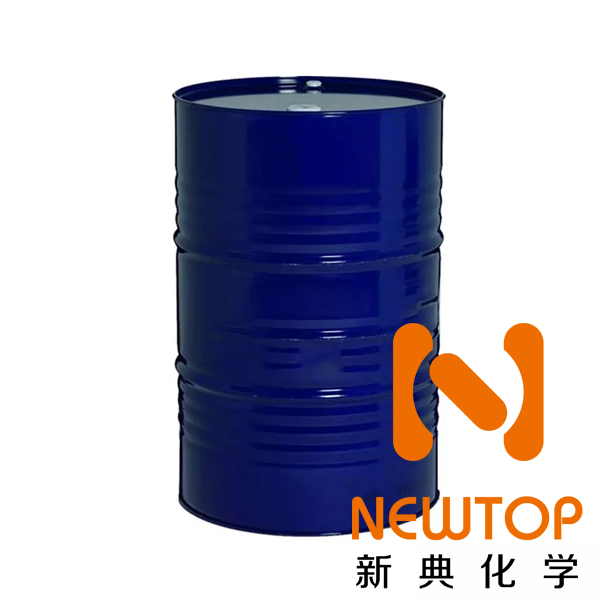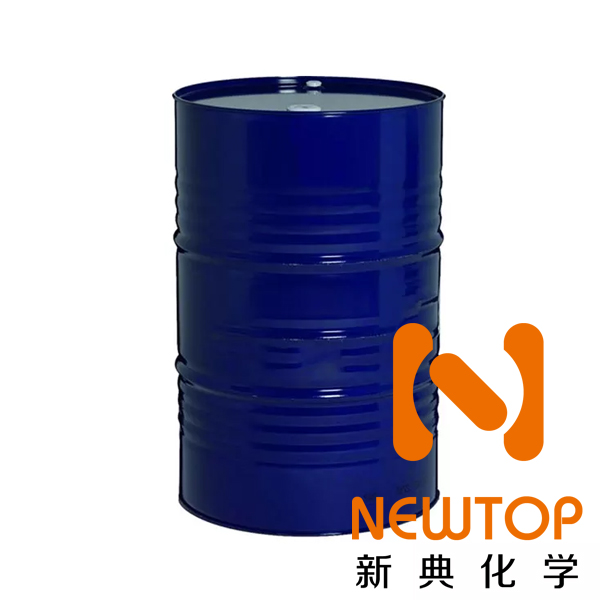There are a variety of catalysts used for polyurethane rigid foam reactions and gel reactions, some examples of which are listed below:
Foaming reaction catalysts:
Organotin compounds, such as ethylenetrimethylene tin (T-9) and ethylenetriethyltin (T-12).
Organotin-cobalt composite catalysts, such as ethylenetrimethyltin-cobalt (T-9/Co).
Organotin-acid catalysts, such as ethylenetrimethyltin-benzoic acid (T-9/BzOH).
Phosphate catalysts such as triphenylphosphine (TPP) and tris(2-methylpropyl)phosphine.
Gel reaction catalysts:
Organotin compounds such as di(2-methylpropyl)dimethyltin (T-12) and ethylidenetrimethyltin (T-9).
Organotin-acid catalysts such as ethylenetrimethyltin-benzoic acid (T-9/BzOH).
Amino acid catalysts, e.g. L-phenylalanine, L-aspartic acid, L-glutamic acid.
Ammonium metaphosphate catalysts, e.g., tributyl metaphosphate, triphenyl metaphosphate, etc.
Different polymerisation reactions may require the use of different catalysts, and the specific selection should be made according to the type of reaction and requirements. In addition, there are many types of polyurethane catalysts, the above are only some of them, and there may be other types of catalysts in practical applications. When selecting a catalyst, it is recommended to consider its performance, cost, environmental friendliness and other factors in order to achieve the best reaction effect.
Recommended Related Reading:

Introduction
Polyurethanes are a versatile class of polymers used in various applications, ranging from flexible foams and rigid insulation to coatings, adhesives, and elastomers. The production of polyurethanes involves a reaction between polyols and isocyanates, facilitated by catalysts. Polyurethane catalysts play a crucial role in controlling the reaction rate, improving product properties, and reducing manufacturing costs. This article aims to explore the role of catalysts in polyurethane production, their types, and their impact on the final product.
Polyurethane Formation and the Role of Catalysts
Polyurethanes are formed through a reaction known as polyaddition, which involves the reaction between a polyol (an alcohol with multiple hydroxyl groups) and an isocyanate (a compound containing an isocyanate group, -N=C=O). The reaction proceeds via a step-growth mechanism, resulting in the formation of urethane linkages (-NH-CO-O-).
Catalysts are essential in polyurethane production as they significantly accelerate the reaction rate and improve the efficiency of the process. They achieve this by lowering the activation energy required for the reaction to occur, enabling the formation of polyurethane polymers under milder conditions. Additionally, catalysts help control the reaction kinetics, allowing for better process control and the production of polyurethanes with desired properties.
Types of Polyurethane Catalysts
Polyurethane catalysts can be classified into three main categories based on their chemical nature and mechanism of action:
Amines: Amines are the most commonly used catalysts in polyurethane production. They function by increasing the nucleophilicity of the polyol, promoting its reaction with the isocyanate. Amines can be further classified into primary, secondary, and tertiary amines, each with different catalytic activities and effects on the final product.


Metal Compounds: Metal compounds, such as organotin, bismuth, and lead-based catalysts, are also used in polyurethane production. These catalysts typically exhibit higher activity and selectivity compared to amines. They work by coordinating with the isocyanate group, enhancing its electrophilicity and promoting its reaction with the polyol.
Other Catalysts: Apart from amines and metal compounds, other catalysts, such as carboxylates, phosphines, and heterocyclic compounds, can be used in polyurethane production. These catalysts often have specific applications and are chosen based on the desired properties of the final product.
Impact of Catalysts on Polyurethane Properties
The choice of catalyst significantly influences the properties of the resulting polyurethane, such as its gel time, foam density, and mechanical properties.
Gel Time: The gel time is the time it takes for the polyurethane mixture to transform from a liquid state to a semi-solid gel. Catalysts can significantly reduce the gel time, enabling faster production cycles and improved process efficiency.
Foam Density: The choice of catalyst can also impact the density of polyurethane foams. Catalysts that promote the formation of smaller, more uniform cells can lead to the production of low-density foams, which are desirable for insulation applications.
Mechanical Properties: Catalysts can influence the mechanical properties of polyurethanes, such as their tensile strength, elongation, and hardness. By controlling the reaction kinetics and the formation of urethane linkages, catalysts can help tailor the properties of the final product to suit specific applications.
Environmental and Health Considerations
While catalysts play a crucial role in polyurethane production, it is essential to consider their potential environmental and health impacts. Some catalysts, such as organotin compounds and certain amines, can be toxic or have adverse environmental effects. As a result, there is an ongoing effort to develop greener and safer catalyst alternatives, such as bio-based catalysts and low-emission catalyst systems.
Conclusion
Polyurethane catalysts are indispensable components in the production of polyurethanes, enabling the efficient formation of these versatile polymers with tailored properties. By understanding the role of catalysts and their impact on the final product, manufacturers can optimize their production processes and develop polyurethanes that meet the demands of various applications. As research continues, the development of environmentally friendly and high-performance catalysts is expected to further advance the field of polyurethane chemistry.
Recommended Reading?

Introduction
Catalysts are substances that increase the rate of a chemical reaction without being consumed in the process. They play a pivotal role in numerous industrial, environmental, and biological processes. This essay aims to elucidate the multifaceted benefits of catalysts, shedding light on their significance in various domains.
Industrial Applications
The industrial sector is one of the primary beneficiaries of catalysts. They are used in the manufacture of a wide array of products, including pharmaceuticals, plastics, fertilizers, and fuels. For instance, in the production of ammonia for fertilizers, iron is used as a catalyst to speed up the reaction between nitrogen and hydrogen. This process, known as the Haber-Bosch process, has significantly increased agricultural productivity, feeding billions of people worldwide.
In the petroleum industry, catalysts are used in refining crude oil into various products like gasoline, diesel, and jet fuel. Catalytic cracking, a process that breaks down larger, complex hydrocarbon molecules into simpler ones, is facilitated by catalysts like zeolites and aluminum oxide. This process not only increases the yield of valuable products but also reduces waste.


Environmental Benefits
Catalysts also play a crucial role in environmental protection. They are used in catalytic converters in automobiles to reduce harmful emissions. Catalytic converters convert toxic gases like carbon monoxide, nitrogen oxides, and hydrocarbons into less harmful substances like carbon dioxide, nitrogen, and water vapor. This application of catalysts has significantly contributed to improving air quality and mitigating the impact of vehicle emissions on the environment and human health.
In waste treatment, catalysts are used to speed up the decomposition of organic pollutants. They are also used in the production of renewable energy, such as in fuel cells, where they facilitate the conversion of chemical energy into electrical energy.
Biological Importance
In the biological realm, enzymes, a type of catalyst, are vital for life. They speed up biochemical reactions in living organisms, enabling processes like digestion, metabolism, and DNA replication to occur at rates sufficient for life. Without enzymes, these reactions would occur too slowly to sustain life.
Moreover, the specificity of enzymes allows for precise control over biological reactions. This specificity ensures that only the desired reaction occurs, preventing unwanted side reactions.
Economic Advantages
The use of catalysts also offers significant economic advantages. By increasing the efficiency of chemical reactions, they reduce the energy required for these processes, leading to energy savings. They also decrease the amount of raw materials needed and reduce waste production, leading to cost savings and making processes more sustainable.
Conclusion
In conclusion, catalysts offer a multitude of benefits across various domains. They are indispensable in industrial processes, environmental protection, biological systems, and economic efficiency. Their ability to increase the rate and efficiency of chemical reactions without being consumed makes them a valuable tool in our quest for sustainability and improved quality of life. As research continues, the potential applications and benefits of catalysts are likely to expand, further underscoring their importance in our world
Recommended Reading?







